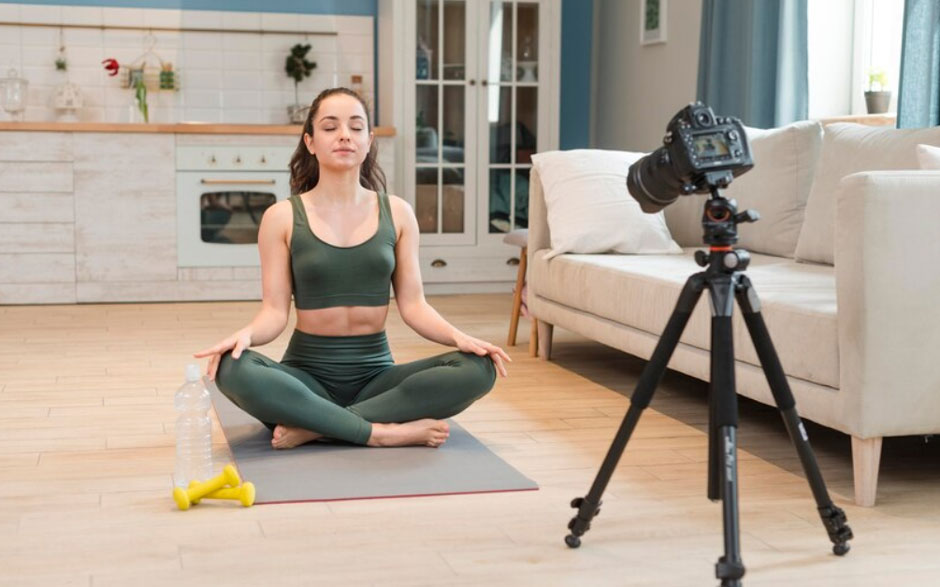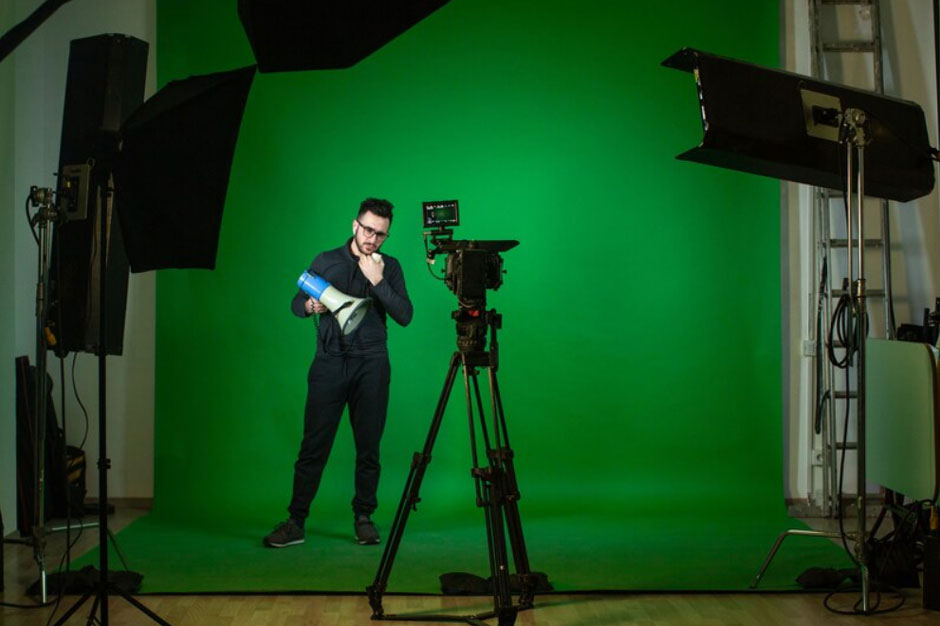Top Quality Tripods: Choosing the Best Stability for Your Photography Needs

Tripods are indispensable for photographers seeking stability and precision. They eliminate camera shake, ensure sharper images, and allow for long-exposure shots, even in low-light settings. Whether you’re photographing a starry night, a serene landscape, or a bustling cityscape, a tripod ensures your camera stays steady, enabling you to focus on framing the perfect shot. A tripod is also a game changer for achieving creative compositions. It frees your hands, letting you adjust your settings and experiment with angles without compromising stability. From macro photography to wildlife shots with a telephoto lens, a tripod supports you in capturing intricate details and fleeting moments with clarity.
Understanding Tripod Features
When choosing a tripod, it’s important to evaluate its materials, height, weight, and head type. These factors determine how effectively it meets your photography needs and supports your gear. Material plays a significant role in the tripod’s overall performance. Aluminium and carbon fibre are the most common options. Aluminium tripods are lightweight and budget-friendly, making them ideal for casual photographers or hobbyists. Carbon fibre, on the other hand, offers superior strength and durability while being lighter than aluminium—a perfect choice for professionals or those frequently on the move. The height and adjustability of a tripod also greatly impact its usability. A tripod should match your eye level for comfort during extended use. Adjustable legs and a versatile centre column provide flexibility, allowing you to shoot from various heights and angles. The tripod head impacts how easily you can position your camera. Pan-tilt heads offer precise control over horizontal and vertical movements, making them ideal for landscape and architectural photography. Ball heads are compact and versatile, allowing quick adjustments for dynamic shooting scenarios. Stability often depends on the leg lock mechanism. Twist locks are sleek and durable, while flip locks provide quicker setup and takedown. Choose a system that aligns with your shooting style and preferences.
Key Considerations Before Buying a Tripod
When selecting a tripod, think about its weight capacity and portability. Ensure it can support the heaviest gear you plan to use, including camera bodies and lenses. Additionally, consider portability if you frequently travel or hike for shoots—a lightweight tripod with a compact design can make all the difference. Features like quick-release plates and rubber feet for enhanced grip are practical additions that simplify setup and shooting in varied conditions. Avoid the common mistake of focusing solely on price. While affordability is important, compromising on quality can lead to instability and disappointment. Prioritise a tripod that meets your needs for durability, functionality, and compatibility with your gear.
Do’s and Don’ts of Tripod Selection
When selecting the best tripod for your needs, it’s essential to research thoroughly and compare options based on your specific requirements. A tripod should be carefully chosen for its materials and reliable components. Take the time to test its height, stability, and ease of use before committing to a purchase. It’s important to consider the weight capacity to ensure it can support all your equipment. While portability is also crucial for photographers on the go, never sacrifice stability for convenience. You should avoid overlooking any of the tripod’s key features, such as adjustability, durability, and compatibility with your gear. A tripod that meets all these criteria will become a valuable asset in your photography toolkit.
The Benefits of a Quality Tripod
Investing in a high-quality tripod enhances not just stability but also creative possibilities. It allows you to explore advanced techniques such as time-lapse photography, astrophotography, and long exposures. By reducing camera shake and freeing your hands for intricate adjustments, a sturdy tripod ensures your creative vision is never compromised. A quality tripod helps you achieve shots that would otherwise be difficult or impossible, such as crisp long-exposure landscapes or perfectly framed close-ups of nature.

Conclusion
A tripod is more than a tool—it’s a partner in your creative journey. By offering unmatched stability, versatility, and precision, the right tripod elevates your photography, enabling you to achieve stunning results. Whether you’re capturing the play of light at sunrise or the vibrant details of a bustling street, a dependable tripod helps you bring your artistic vision to life. Investing in the right tripod ensures that your photography remains sharp, stable, and imaginative, giving you the freedom to explore and capture breathtaking shots in any environment.
FAQs
What is a tripod?
A tripod is a three-legged support device designed to stabilise cameras or equipment. It enhances stability and reduces motion blur, making it essential for photography and videography purposes.
What is the short meaning of a tripod?
A tripod is a three-legged support device typically used to stabilise cameras or other equipment, ensuring steady and balanced positioning for better photography or measurement accuracy.
What is a tripod in Greek mythology?
In Greek mythology, a tripod is a three-legged stand that holds sacred vessels or an oracle. It symbolises divine communication, often associated with the oracle of Delphi and prophetic insights.
What are all the types of tripods?
Tripods come in various types, including professional studio tripods, flexible gorilla pod models, portable travel options, lightweight video tripods for filmmakers, and sturdy monopods for enhanced stability and mobility.


